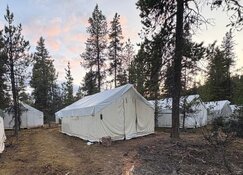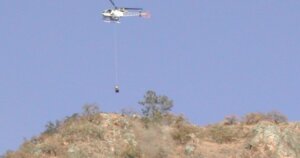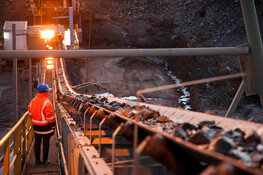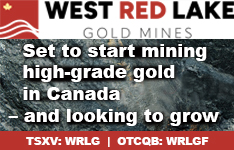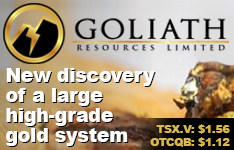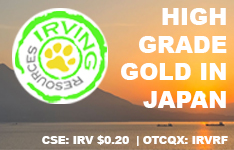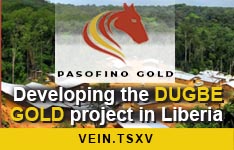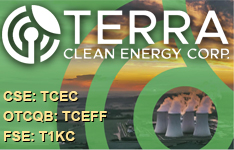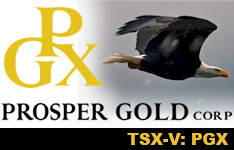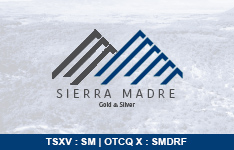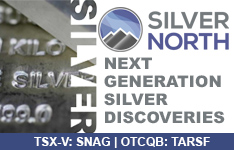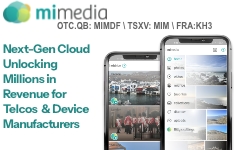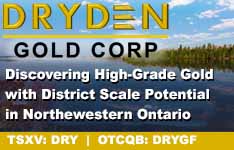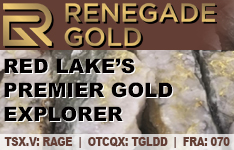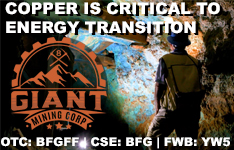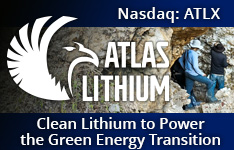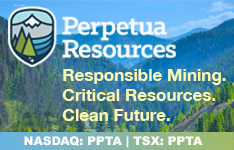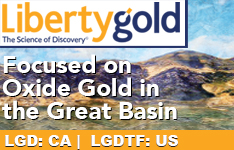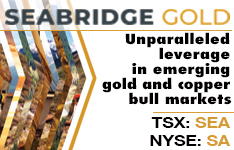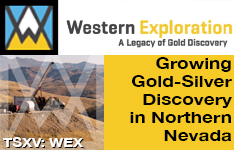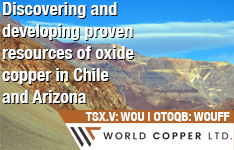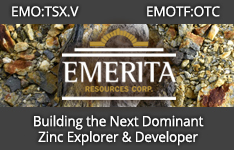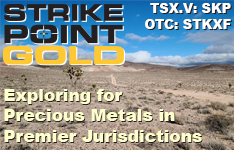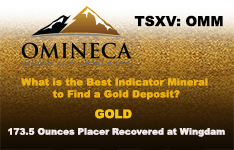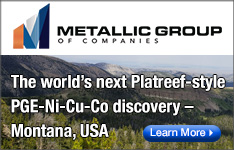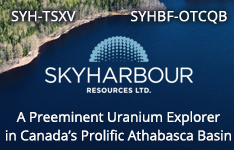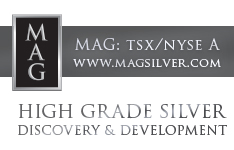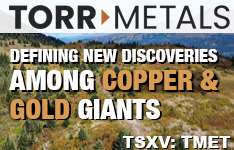Greenland Resources Inc. (MOLY:CBOE; GRLRF:OTC) has appointed Dr. Jorgen Huno Rasmussen to its European advisory board to support technical aspects of the equity capital expenditure financing process, particularly in collaboration with Danish stakeholders. Dr. Rasmussen brings over 25 years of senior leadership experience in international project management, including a decade as CEO of FLSmidth & Co. AS, a global leader in mining technology and construction. He also served as vice-chairman at Ramboll Group AS and Topsoe AS, and chaired the insurance group Tryg AS. He holds a PhD in project management from the Technical University of Denmark and is an adjunct professor at Copenhagen Business School.
This appointment follows Greenland Resources' receipt of a 30-year exploitation license for its Malmbjerg project in east Greenland. The license, granted by Greenland's Ministry for Business, Mineral Resources, Energy, Justice, and Gender Equality, covers the extraction of molybdenum and magnesium. The license can be extended to 50 years and comes after the company signed a 10-year offtake agreement with major European steel producers.
Greenland's Minister Naaja H. Nathanielsen commented at the license ceremony in the press release, "The mineral resources projects contribute to the Greenland government's goal of a self-sustaining economy . . . [and] are a sign of confidence in our mining industry in general, but also in Greenland Resources and their project." Minister Bentiaraq Ottesen also emphasized the importance of environmental responsibility and community engagement in resource development.
Dr. Ruben Shiffman, chairman of Greenland Resources, noted that the Malmbjerg project could contribute up to US$1 billion in taxes over its 20-year mine life and support critical infrastructure and skills development. He stated, "The project comes at a time of deglobalization and significant growth in defence expenditures. It will be able to supply around 25% of all EU molybdenum needs and 100% of defence applications."
Molybdenum is used in steel, green energy, and defense applications. The European Union (EU), which accounts for about 19% of global molybdenum demand, has no domestic production despite having one of the largest processing capacities. The Malmbjerg mine is positioned to supply high-quality primary molybdenum for decades. With molybdenum production currently concentrated in China and the United States, the EU faces a supply gap that the Greenland project could help bridge.
Magnesium, another resource present at Malmbjerg, is critical to electric vehicle and aerospace manufacturing. The EU uses roughly 145,000 tonnes annually but sources 97% from China and has no domestic extraction or treatment capacity.
Trump's Renewed Interest and Greenland's Resource Appeal
President Donald Trump's repeated interest in acquiring Greenland placed a global spotlight on the island's growing strategic value, particularly its untapped mineral reserves. According to a January 15 article by Saptakee S. for InvestorPlace, "Trump has once again expressed a strong interest in purchasing Greenland during his second tenure," reviving a conversation that first drew attention in 2019. The article attributed his renewed push to the island's rich store of rare earth metals, oil, gas, and other critical minerals, stating, "securing access to Greenland's resources could reduce U.S. reliance on imports from countries like China."
The article emphasized that Greenland's mineral wealth is "critical for industries like technology and defense," citing rare earths used in "missiles, fighter jets, and radar systems," as well as in consumer and green technologies like semiconductors, EV batteries, and solar panels. The piece concluded that "though Trump's plan didn't move forward, it highlighted Greenland's growing geopolitical importance and opened doors for investments, especially in its mining industry."
In a June 19 article for Wealth Daily, Wesley Park took a deeper look at Greenland Resources Inc. and its role in meeting European mineral demand. He described the company's Malmbjerg project as "a once-in-a-generation opportunity to profit from raw material shortages," positioning the project as a solution to Europe's dependence on Chinese molybdenum and magnesium. According to Park, the open-pit mine held "proven and probable reserves of 571 million pounds of molybdenum," enough to supply "25% of the EU's annual demand and 100% of its defense-related needs."
Park also highlighted the project's NI 43-101 feasibility study, which showed a "levered after-tax IRR of 33.8% and a 2.4-year payback period" based on a US$18 per pound molybdenum price. He added, "Over its 20-year mine life, the project is projected to generate US$1 billion in taxes for Greenland, a critical step toward the island's economic independence."
The article further emphasized the broader strategic implications, stating, "In a world where supply chains are war zones, Greenland Resources is building a fortress. This isn't just a mining play — it's a bet on Europe's future." With growing defense demand, climate-driven accessibility, and support from Greenland's government, Park concluded that Malmbjerg was "a geopolitical win and a goldmine for investors bold enough to act."
Strategic Minerals and Geopolitical Relevance in Greenland
Greenland's mineral wealth has attracted heightened international attention, driven by its strategic location and potential to supply critical resources such as molybdenum, magnesium, rare earth elements, and uranium. These materials are essential to advanced manufacturing, green energy development, and defense production.
According to a March 24 report from BBC News, Greenland's economy had traditionally depended on fishing and subsidies from Denmark, with those subsidies representing about one-fifth of its gross domestic product (GDP). However, as global warming has made more of its land accessible, interest in mining for rare earth minerals and metals has surged. BBC noted that mining projects in Greenland could shift the island's economic foundation and support its long-term autonomy goals.
The same report highlighted growing geopolitical tensions surrounding the island, particularly amid renewed interest from the United States. Greenland's geographic location in the Arctic and its proximity to North America make it significant for both military and economic strategy. Pituffik Space Base, operated by the United States, has remained active since World War II and plays a vital role in defending North American airspace. "If Russia were to send missiles towards the US, the shortest route for nuclear weapons would be via the North Pole and Greenland," said Marc Jacobsen of the Royal Danish Defence College.
In the April 11 USC Dornsife analysis, international relations professor Steve Lamy stated that the Trump administration had emphasized two main motivations for involvement in Greenland: national security and access to critical minerals. "Of 34 critical minerals, 31 are abundant [in Greenland]," he explained. However, infrastructure gaps, harsh weather, and indigenous cultural practices had slowed development, resulting in only two active mines on the island at the time of reporting.
Lamy also pointed out that U.S. concerns over China's mineral dominance contributed to strategic interest in Greenland. "Of the 50 critical minerals listed by the U.S. Geological Survey, the U.S. imports 50 to 100% of 41 of them," he said. He added that China controlled between 40 and 90% of global refining for key elements, making alternative sources such as Greenland increasingly important. The administration's actions were interpreted as a response to China's potential use of these resources as a geopolitical lever.
In that same article, Lamy noted the existence of multilateral efforts such as the Biden-era Minerals Security Partnership, which aimed to stabilize supply chains by including countries like Greenland, Canada, and Ukraine. However, the Trump administration reportedly favored direct, unilateral agreements over multilateral coordination, with Greenland positioned as a potential U.S. domestic supplier for minerals like oil, gas, and metals.
As climate change continues to alter Arctic geography and accessibility, the area is becoming more important to global trade and mineral supply strategies. Both BBC and USC Dornsife emphasized that Greenland's role in this broader context is evolving. While only a small portion of its landmass is currently developed, its potential contributions to mineral security, particularly for Western nations, have become increasingly apparent amid shifting geopolitical dynamics.
A July 5 report from Wealth Daily highlighted the national security implications of Greenland's mineral reserves, particularly its estimated 38 million tons of rare earth metals. These materials are essential for defense systems, semiconductors, electric vehicle batteries, and renewable energy infrastructure. The article emphasized that "the U.S. has zero active mines producing these critical materials," while China controlled approximately 85 percent of global rare earth production and had begun restricting exports to the United States. The report framed this supply chain vulnerability as a key factor in renewed U.S. interest in Greenland's mining potential.
Technical Outlook Signals Bullish Momentum
Technical Analyst Clive Maund, in a July 3 quote to Streetwise Reports, stated that "Greenland Resources is a bull market. During 2023 and 2024, a large Cup base formed, which started to break out of early this year, but then, as often happens, a Handle consolidation/correction developed from the January peak, whose purpose was to give the fundamentals time to 'catch up'.
Upon completion of this Handle in the middle of June, the price suddenly broke out of it and the entire Cup & Handle base to begin what looks set to be a major bull market."
Pathways to Progress: Strategic Developments at Malmbjerg
Greenland Resources' May 2025 investor presentation outlines several strategic developments that position the Malmbjerg project as a major contributor to European resource security. The company has completed an NI 43-101 feasibility study outlining US$820 million in capital expenditures and a production plan averaging 24.1 million pounds of molybdenum annually over a 20-year mine life. The first 10 years are expected to yield an average of 32.8 million pounds annually, with a strip ratio of 0.8 to 1.
Long-term offtake agreements with European steelmakers, including a US$1.6 billion deal with Outokumpu, provide revenue security. The project also includes a tolling agreement with Molymet, a major EU-based roaster. Greenland Resources estimates more than US$6 billion in total offtake agreements with EU firms.
In terms of financing, the company is targeting approximately US$700 million in project debt, including a US$275 million contribution from Export Development Canada. The company reports that its molybdenum concentrate offers low impurity levels, making it well-suited for high-performance steel and defense applications. The project also aims to integrate renewable energy and features an aerial rope conveyor for emissions-free ore transport.
Environmental and social impact assessments conducted by WSP Denmark have categorized the project as having low environmental risk and high potential for positive socioeconomic impact. The mine is expected to generate approximately US$80 million in annual tax revenue for Greenland and create 200 jobs throughout the life of the mine.
 Streetwise Ownership Overview*
Streetwise Ownership Overview*
Greenland Resources Inc. (MOLY:CBOE;GRLRF:OTC)
The company continues to advance technical evaluations of byproduct magnesium recovery from tailings and saline water processing. Although not yet included in the feasibility study, these magnesium recovery options are being studied as part of broader EU resource supply initiatives.
With permitting secured and key financing and offtake partnerships in place, Greenland Resources appears positioned to play a significant role in strengthening the EU's critical mineral supply chain.
Ownership and Share Structure
According to Refinitiv, insiders own 26.06% of Greenland Resources. The shareholder with the greatest stake is Executive Chairman Dr. Ruben Schiffman with 20.57%. Other insiders are Director Leonard Asper, Director of Geology & Mining James Steel and Director of Social & Government Nauja Bianco.
The one institutional investor is Fondsmæglerselskabet Maj Invest A/S, with 2.71%. The rest is in retail.
Greenland Resources has 117.16 million (117.16M) outstanding shares and 86.63M free float traded shares. Its market cap is CA$115.96M. Its 52-week range is CA$0.475–1.60 per share.
| Want to be the first to know about interesting Critical Metals investment ideas? Sign up to receive the FREE Streetwise Reports' newsletter. | Subscribe |
Important Disclosures:
1) James Guttman wrote this article for Streetwise Reports LLC and provides services to Streetwise Reports as an employee.
2) This article does not constitute investment advice and is not a solicitation for any investment. Streetwise Reports does not render general or specific investment advice and the information on Streetwise Reports should not be considered a recommendation to buy or sell any security. Each reader is encouraged to consult with his or her personal financial adviser and perform their own comprehensive investment research. By opening this page, each reader accepts and agrees to Streetwise Reports' terms of use and full legal disclaimer. Streetwise Reports does not endorse or recommend the business, products, services or securities of any company.
For additional disclosures, please click here.



